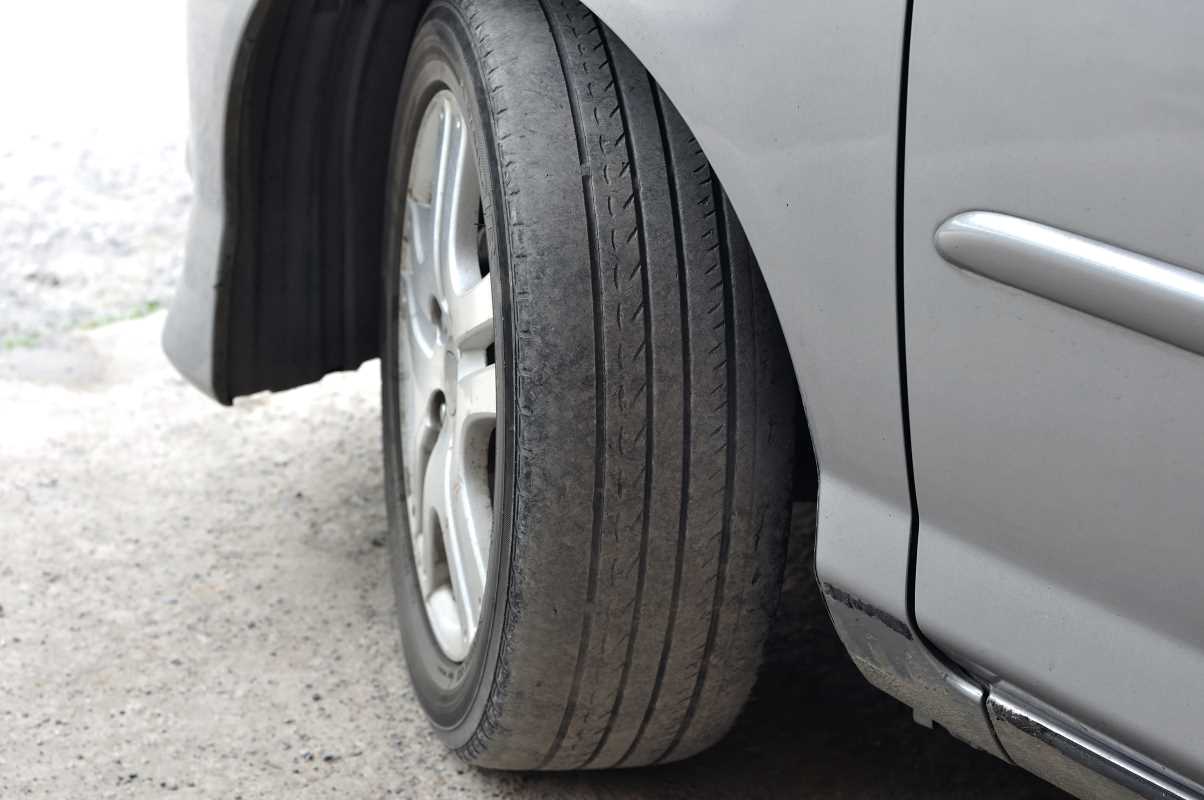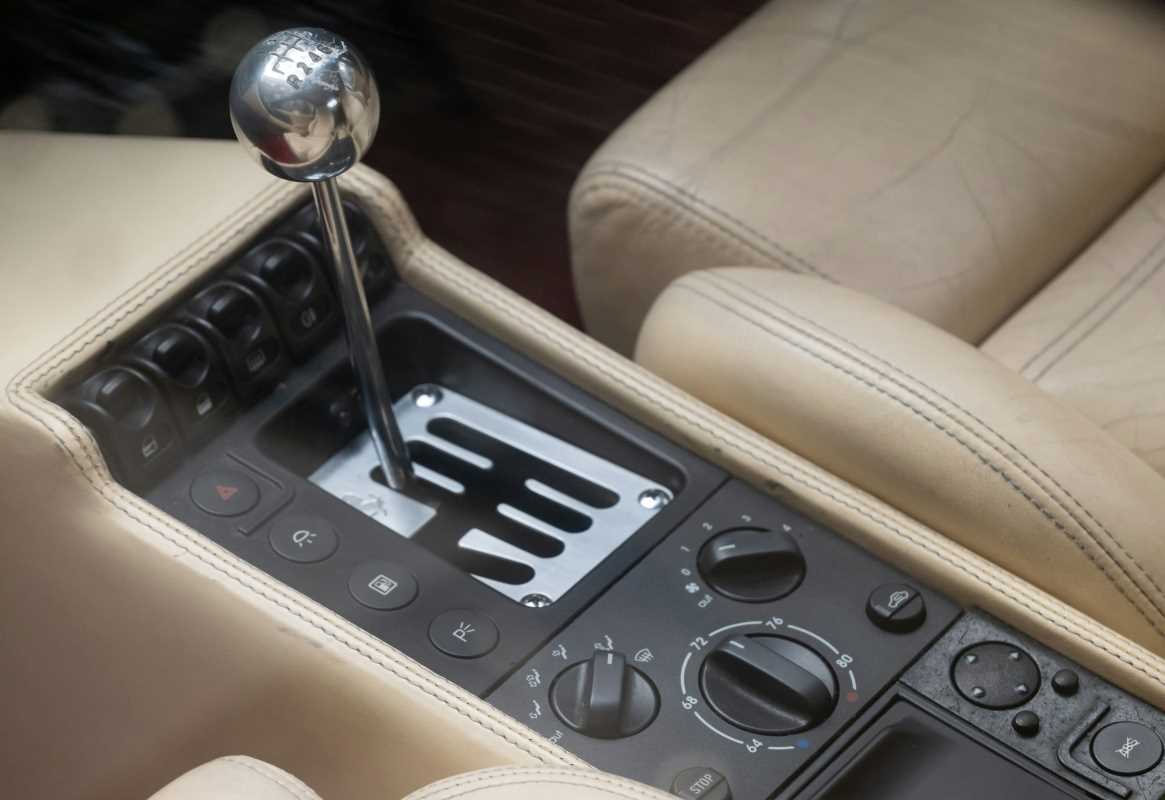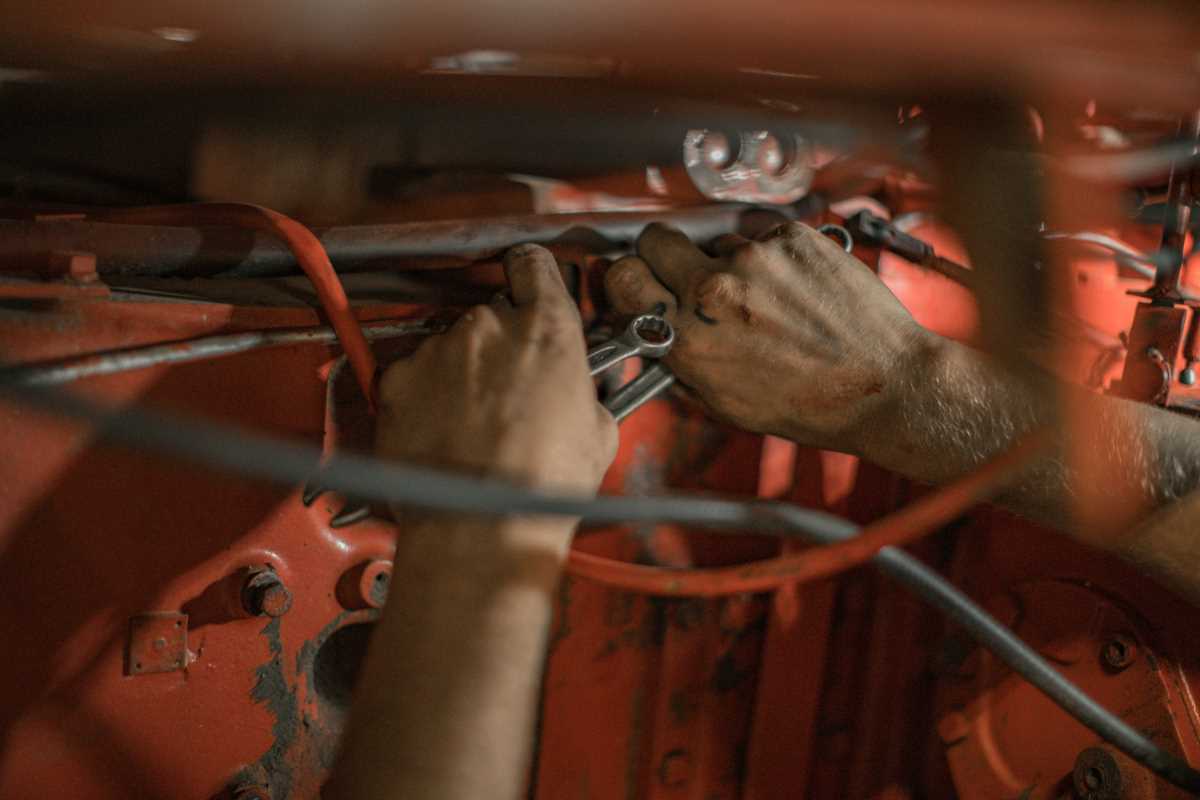Getting a flat tire can feel like an unwelcome plot twist on an otherwise ordinary day. But you don’t have to wave frantically for help or resort to a roadside meltdown. With the right tools and a bit of know-how, you can turn this inconvenience into a manageable task and be back on the road in no time.
Changing a flat tire isn’t just a rite of passage for drivers; it’s a life skill that could save you hours of waiting and a hefty service fee. Here's how to do it safely, efficiently, and confidently.
Get Yourself and Your Car to a Safe Spot
First and foremost, safety comes before everything else. A flat tire is inconvenient, but being stranded in the middle of traffic or a poorly lit highway is downright dangerous. If you notice your tire pressure dropping or hear the telltale flapping of a flat, slow down and find a safe place to pull over. Look for a flat, solid surface away from traffic, like a wide shoulder, parking lot, or side street.
Turn on your hazard lights as you make your way to your chosen spot. If you’re stuck in a low-visibility area, consider using road flares or reflective triangles to alert other drivers to your situation. Once parked, engage the parking brake to ensure your car stays put during the tire-changing process. If you’re driving a vehicle with a manual transmission, shift into first gear or reverse as an extra precaution.
The key here is preparation and calm thinking. Ensuring a safe environment for yourself and those around you sets the groundwork for changing that tire like a pro.
Assemble Your Tools and Supplies
Before you can transform into a roadside mechanic, you’ll need the right tools for the job. Most cars come equipped with basic essentials, but it’s a good idea to double-check your stash before an emergency strikes. A fully equipped car should have a spare tire (preferably a full-size one, but even a compact donut works), a jack, a lug wrench, and the vehicle owner’s manual. That manual is your ultimate guide for understanding the quirks of your specific car.
For an even more seamless experience, consider adding a few extras to your arsenal. A tire pressure gauge, a small piece of wood (to stabilize the jack on uneven surfaces), gloves, and a flashlight can make the entire process easier and safer.
Lay out everything you need within arm’s reach before you start. Scrambling for tools mid-task doesn’t just waste time, it can be dangerous, especially near traffic. Set yourself up for success by being organized and methodical from the get-go.
Loosen Things Up Before Lifting
You might be itching to crank up the jack and get started, but hold on. The most important prep step happens before the car leaves the ground. Loosening the lug nuts while the tire is still on solid ground prevents the wheel from spinning when you apply pressure.
Find the lug nuts holding your wheel in place and use your wrench to give them a good turn counterclockwise. Don’t remove them completely yet; just break the resistance so they’re easier to unscrew later. If they’re stuck, use your body weight to push down on the wrench or even gently step on it (using your full weight, carefully). This isn’t the time to hold back. Stubborn lug nuts can be tough, but with persistence, you’ll win.
Once you've loosened all the nuts, take a moment to double-check your jack placement according to your owner’s manual. Placing the jack in the wrong spot can damage your car, so make sure it’s aligned with the proper lifting point.
Raise the Car Slowly and Carefully
Now that the lug nuts are ready for removal, it’s time to put the jack to good use. Crank it slowly and steadily to lift the car just enough for the flat tire to leave the ground. Patience is key here; rushing can cause the car to shift and jeopardize your safety.
Keep an eye on the jack to make sure it remains stable and doesn’t tilt or wobble. If you’re working on uneven ground, that small piece of wood you packed earlier can provide extra stability under the jack’s base.
With the car raised and secure, you can finally remove the loosened lug nuts. Place them somewhere safe so they don’t roll away and become tiny roadside mysteries. Now you’re ready to remove the flat tire and replace it with the spare.
The Swap and Final Checks
With the flat tire off, it’s time to mount the spare. Line it up with the wheel bolts and gently slide it into place. Thread the lug nuts back onto the bolts by hand before tightening them with your wrench. Tighten the nuts in a crisscross pattern to ensure the wheel balances evenly once the car is lowered.
Once everything feels secure, lower the car using the jack until the spare tire touches the ground fully. Give the lug nuts another round of tightening for good measure, using gravity and muscle to lock them in place.
Double-check everything before you pack up your tools. Look for secure nuts, a properly seated wheel, and no leftover bits or pieces on the ground. If everything looks good, safely stow your tools and the flat tire in your trunk, and you’re ready to roll.
Quick Tips for Changing Flats Like a Pro
Before you head off, here are some essential reminders for mastering the art of tire replacement:
- Always check the air pressure in your spare before long trips.
- Avoid driving at high speeds on a donut spare. Ideally, replace it with a full-size tire ASAP.
- Practice the process at home when you’re not under pressure. Familiarity with your tools makes a world of difference.
- If your roadside area feels unsafe, don’t hesitate to call for backup. Safety comes first.
- Keep an emergency kit with a flashlight, gloves, and reflective items in your car at all times.
Changing a flat tire doesn’t have to be intimidating or stressful, especially if you practice good preparation and keep calm during the process.
Rolling Forward with Confidence
Replacing a flat tire isn’t just about fixing a temporary inconvenience; it’s about reclaiming independence and channeling a bit of mechanical confidence. With these steps, you’ll be prepared for the unexpected, ready to tackle any flat tire situation with clear thinking and steady hands.
The next time you hit the road, remember that mishaps like flat tires are just part of the driving adventure. Knowing how to handle them safely and effectively makes all the difference. And hey, maybe this newfound skill will even earn you a hero moment someday, helping out a friend or stranger in need.
 (Image via
(Image via





